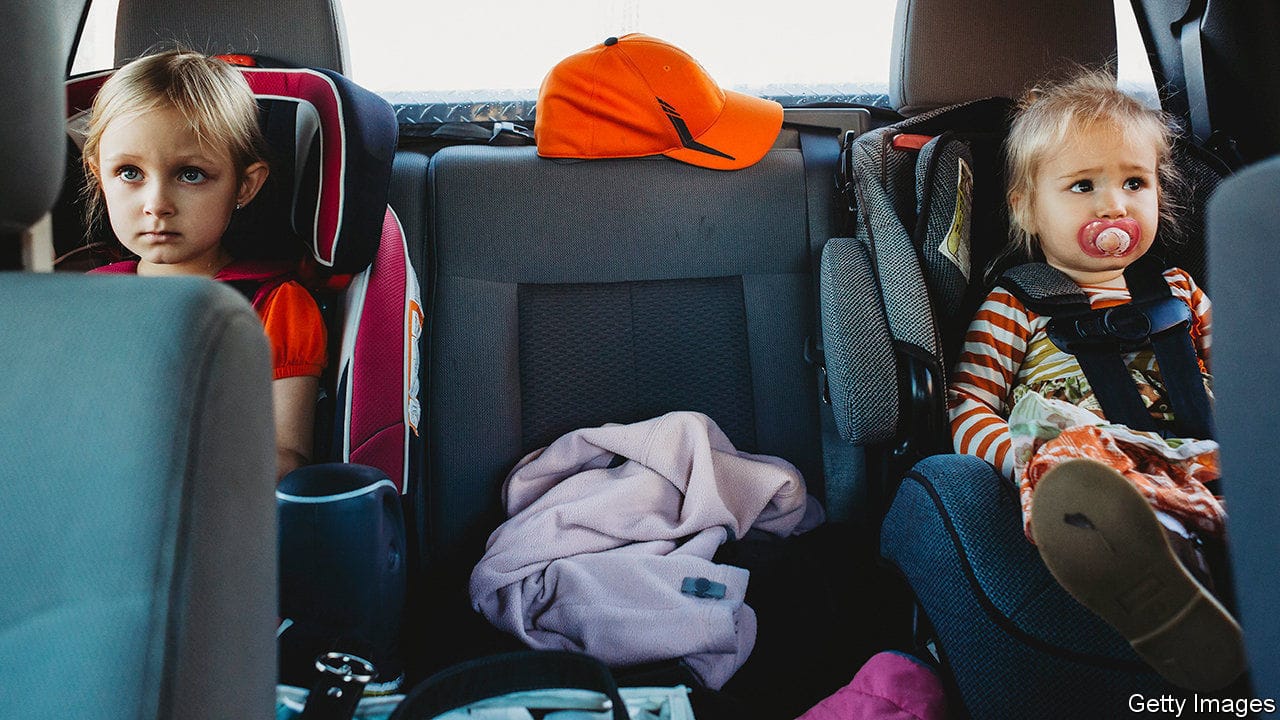- by
- 07 24, 2024
-

-
-
Loading

Loading


IN THE EARLY 1970s American women gave birth, on average, to 2.12 children each. By 2018 that figure had fallen to 1.73. Many alterations in people’s lives have been invoked to help explain this change, including the facts that women now are better educated, more likely to have jobs or run businesses, and have better access to contraception than their antecedents of five decades ago. Also, demand for children to work as extra pairs of hands on family farms has dropped.None of these explanations, though, overlaps neatly with birth-rate curves. Other factors must be at work, too. And Jordan Nickerson and David Solomon, professors of finance at the Massachusetts Institute of Technology and Boston College respectively, think they have found an intriguingly counterintuitive one: America’s increasingly protective child car-seat laws.